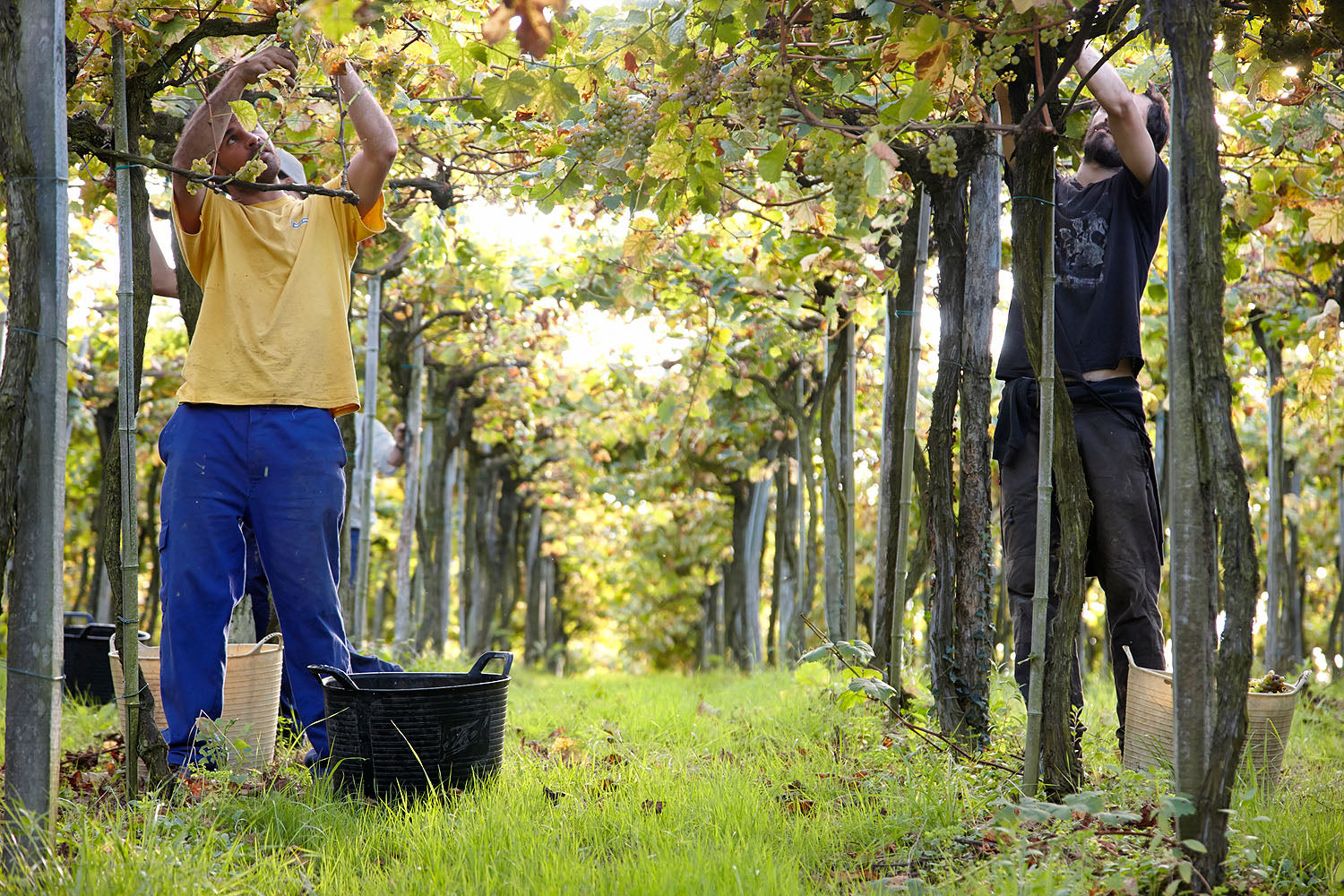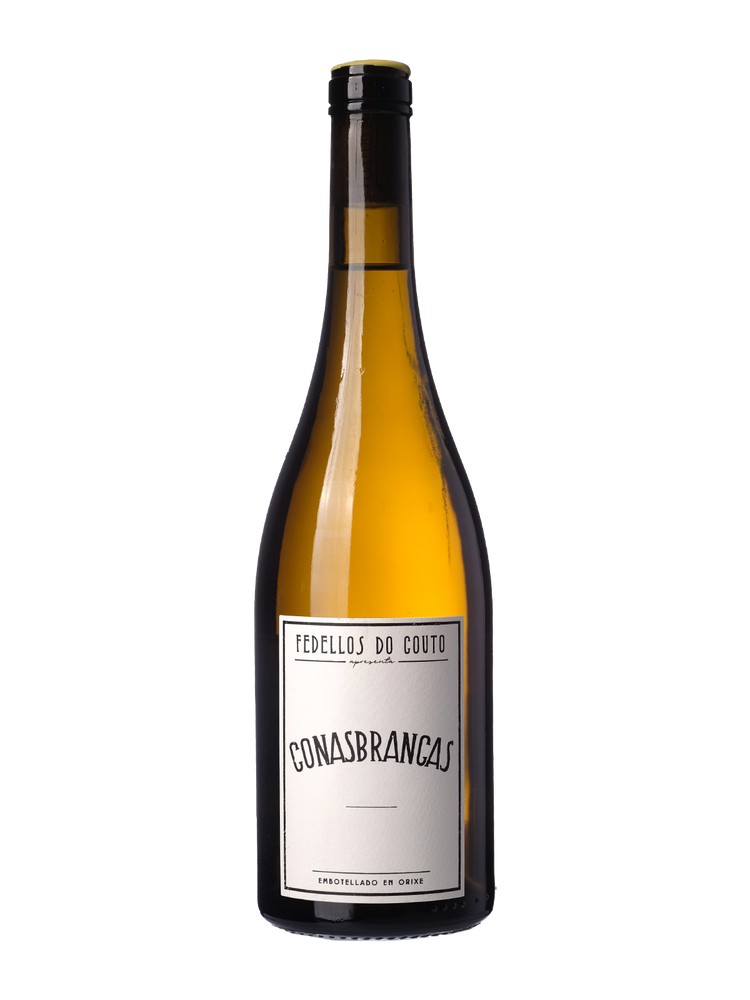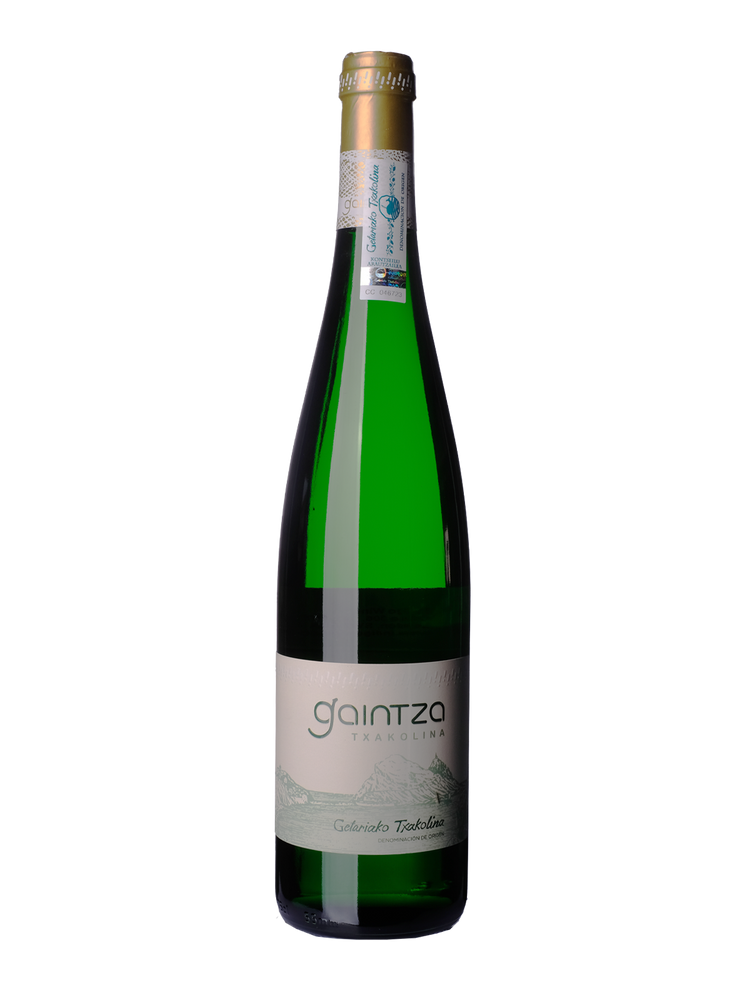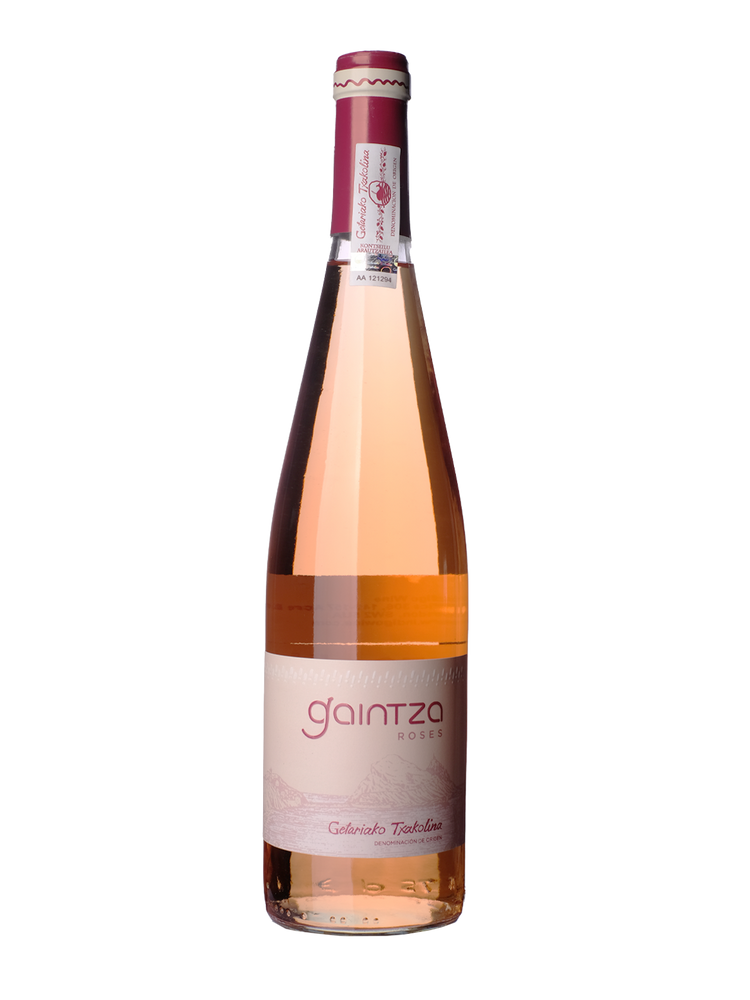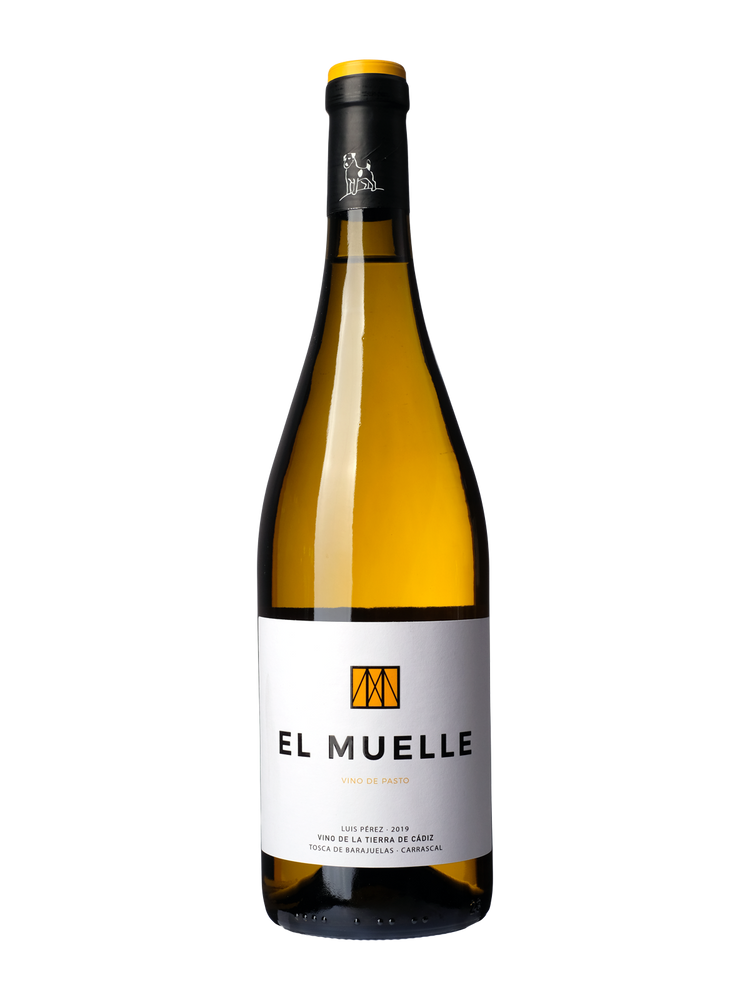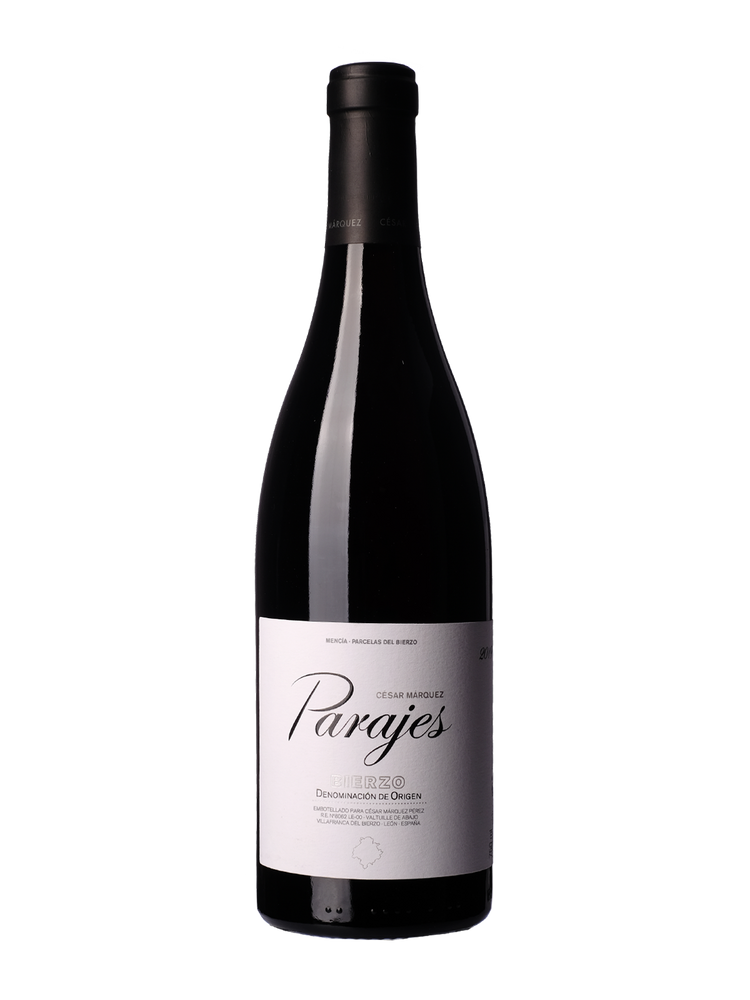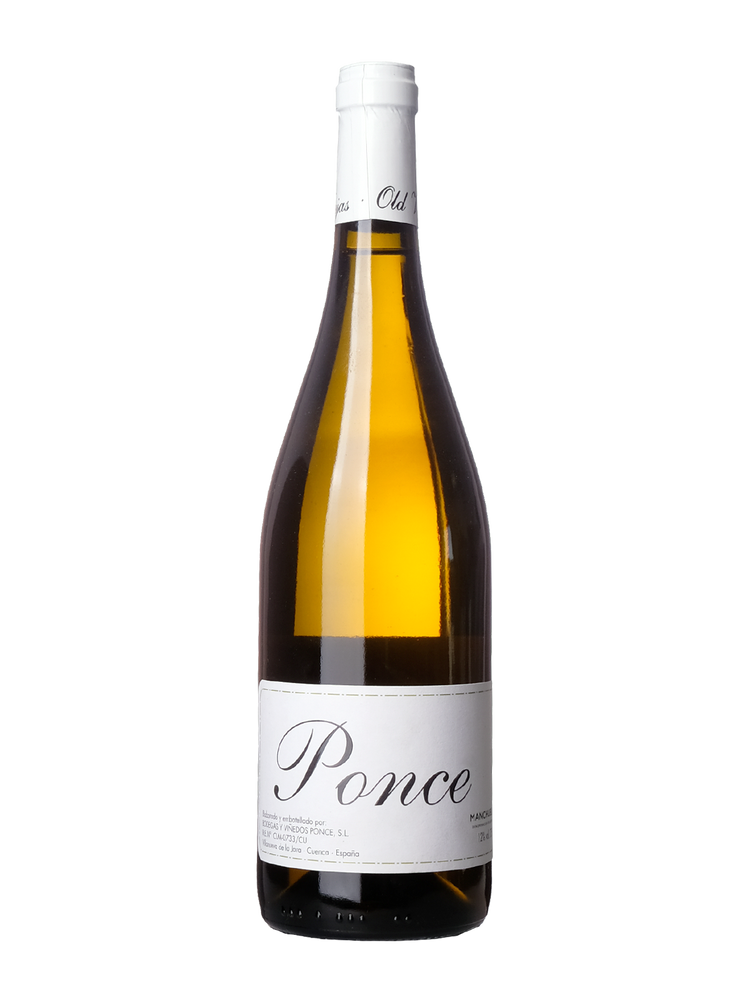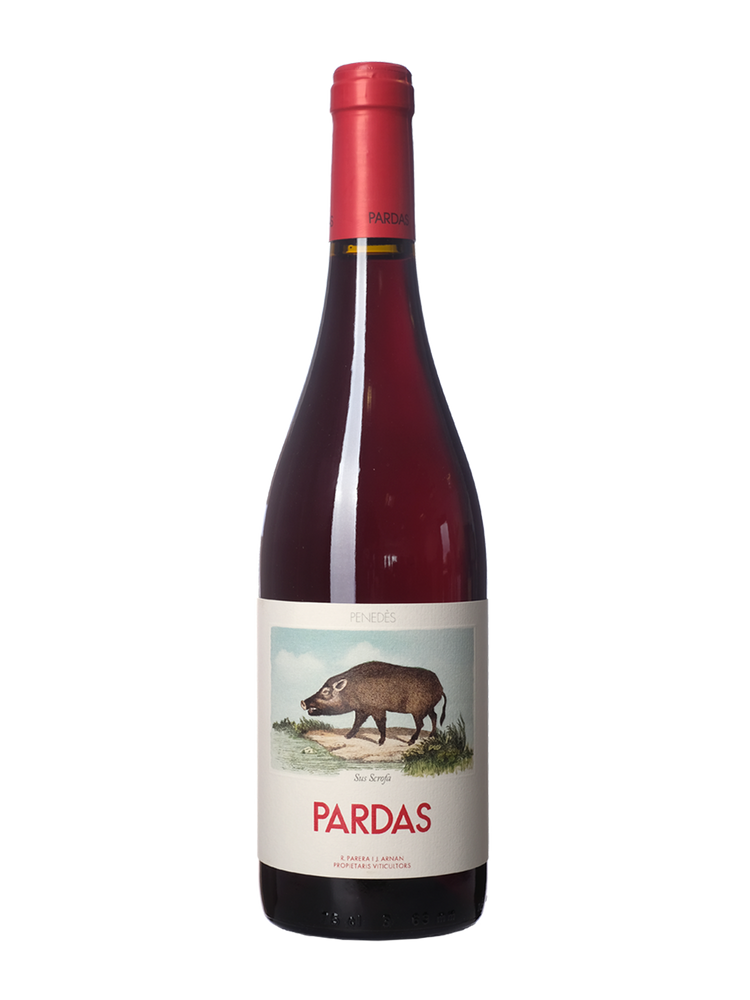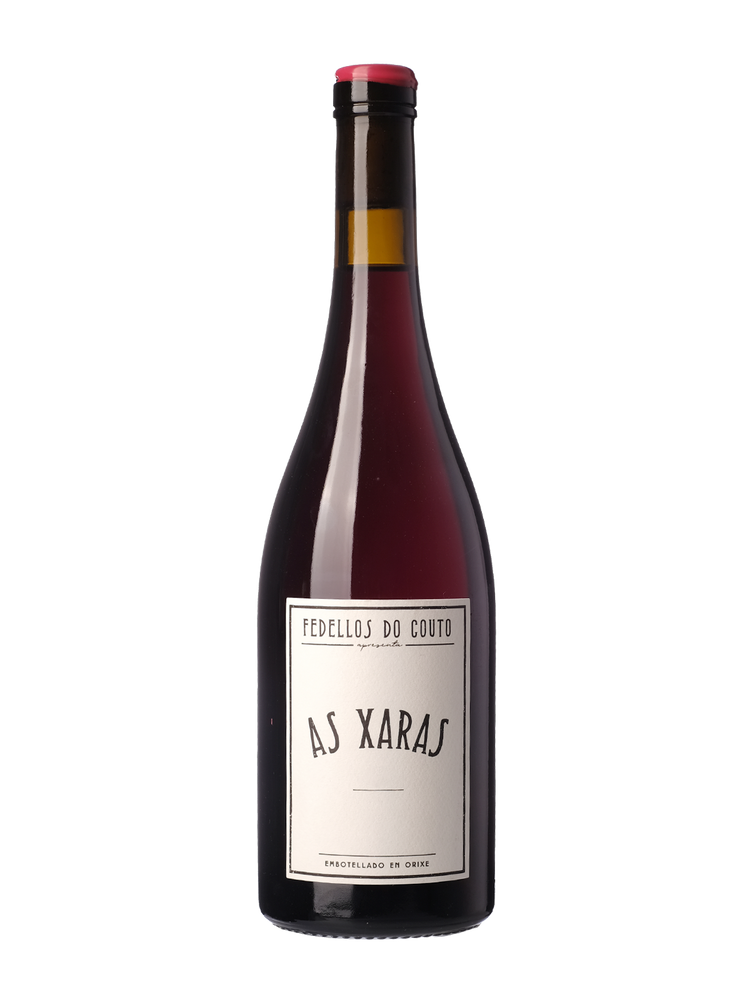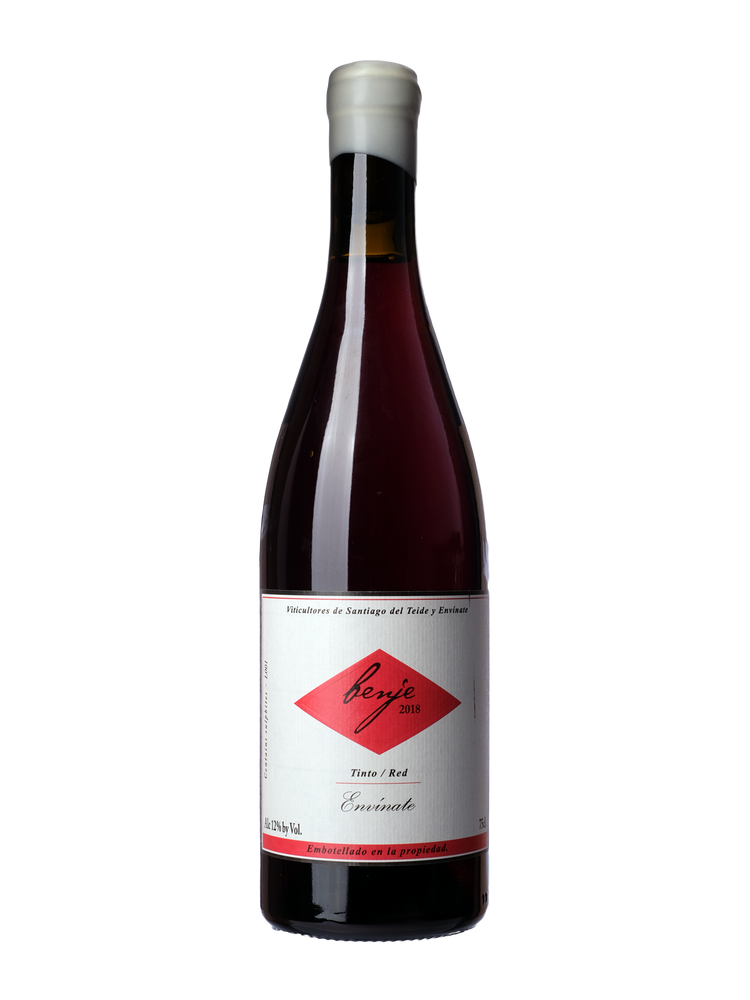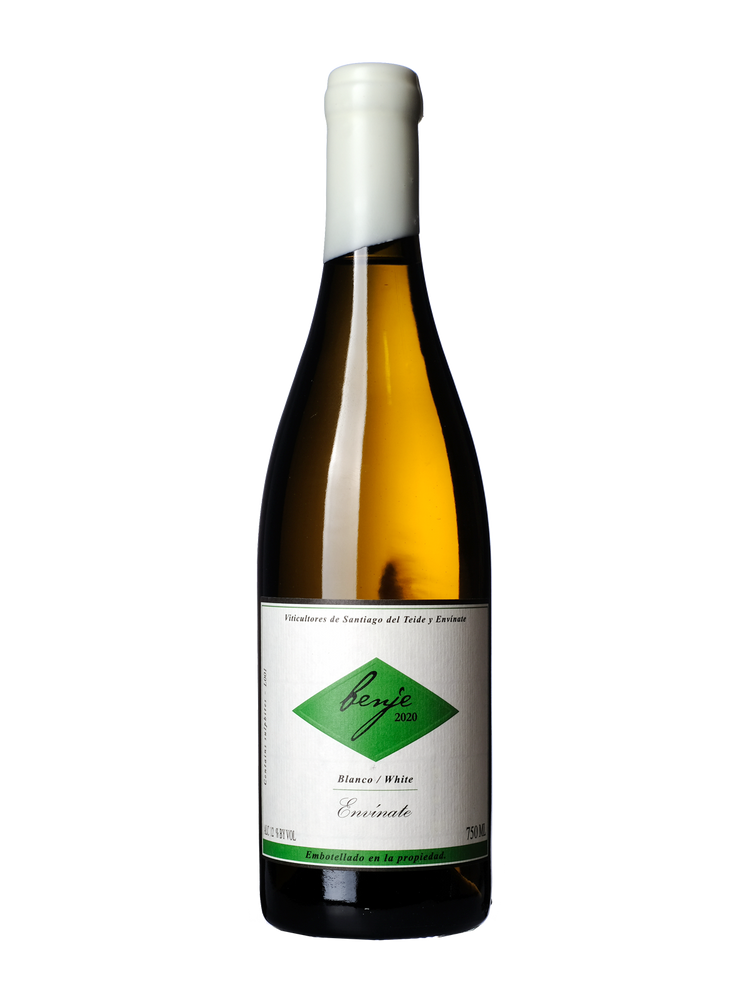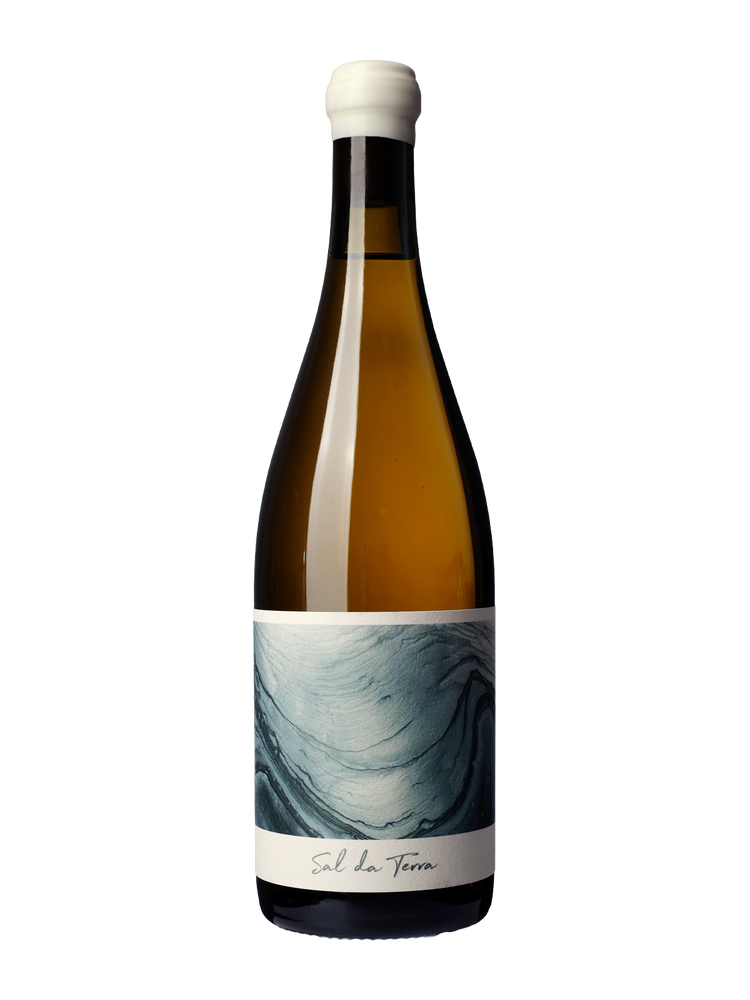Hondarrabi Zuri
This tongue-twister of a grape is native to the Basque country on the cool Atlantic coast of Spain. It’s the main ingredient of Txakoli (cha-co-lee), a thirst-quenching, bone-dry white, with a saline tang. It’s a cousin of those other great Atlantic wines, Muscadet and Vinho Verde, and as natural a partner to sea fish as a squeeze of lemon. Bengoetxe is a little more serious than your average Txakoli, it's aged for a year before bottling, giving a lovely weight and mouthfeel balanced by racy acidity, think Muscadet-sur-Lie.

Palomino Fino
Best known - if it's known at all - as the Sherry grape. Palomino can take the baking summers in Andalusia and still produce a reliable crop. More recently a group of enlightened producers including Willy Perez (Bodegas Luis Perez and De La Riva) and Ramiro Ibáñez (Cota 45) are seeking out the best sites (called pagos around Jerez) where the chalky albariza soil brings out the character in Palomino. They're ditching fortification and treating it like a 'normal' table wine, to produce bright, zesty wines with citrus, orchard fruit and a saline edge typical of the area. Try Sábalo an organic Palomino from historic Bodegas Barbadillo or El Muelle de Olaso from Luis Perez.

Heading south to the Canary Islands, where the conquistadors left vines en route to the new world, Palomino goes under the name Listàn Blanco. Producers like Suertes del Marques are producing complex almost Burgundian interpretations from their old vines on the volcanic island soils. Try Trenzado which takes its name from the “el cordon trenzado” trellis system unique to the Islands.
Xarello
Another example of winemakers taking a fresh look at a traditional grape. Xarello (shah-rel-oh) is traditionally hidden within the Cava blend. It has a long growing season, so when planted on the best sites it can accumulate lovely orchard and tropical fruit flavours, it also retains high natural acidity and can age well.
“It’s about minerality” says Ramon from Celler Pardas.
Pardas were among the first wineries in Catalonia to recognise the potential of Xarello for still wines. Their focus is on preserving the balance and health of their land, they farm organically without irrigation, and aim to work in partnership with nature. Pur Xarel.lo is rich with a vibrant acidity and fine toasty notes, a great introduction to the grape.
Mencía
Sometimes called Spain's Pinot Noir for it's ability to reflect terroir, and produce perfumed, complex reds. Mencía is mainly grown in Bierzo and Ribeira Sacra in the Atlantic north-west, where the rediscovery of old, low-yielding steep hillside plots started a Priorat-like revolution in the region, showing Mencía can produce wines of great concentration and complexity. Names to know: young winemaker César Márquez has deep family roots in the Bierzo region, his fresh, balletic Mencías like Parajes show the promise of this grape in the right place and hands.

Envínate, a quartet of friends who met at university, is one of the hottest winemaking names in new-wave Spain. Their village wine, pure, savoury Lousas Vino de Aldea comes from beautiful old vineyards in Ribeira Sacra, predominantly Mencía blended with a smattering of other local varieties. Fedellos do Couto make Mencía with an Atlantic freshness and a slatey minerality that make them unmistakably Galician.
Bobal
Spain's second most planted red after Tempranillo. Once written off as a workhorse grape, only suitable for bulk wines, it keeps freshness in hot climates. Revived by producers such as Juan Antonio Ponce, in whose careful hands it can make complex spicy wines. Try plush, biodynamic Clos Lojen or everyday hero El Risco.
Other native Spanish grapes to explore:
Garnacha Tintorera, try Albahra from Envínate; Listan Negro, 7 Fuentes is a great starting point; Caiño Tinto, slightly herbal like Loire Cabernet Franc, try Carralcoba from Eulogio Pomares; and Sumoll, Spain's crunchy fragrant answer to Gamay?
